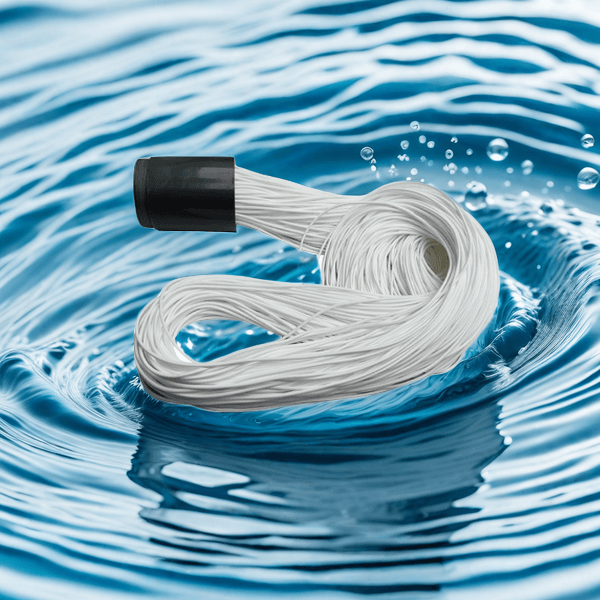Daily inspection of membrane bioreactor
The daily inspection of membrane bioreactor (MBR) mainly includes the following aspects:
1. Membrane flux monitoring: Regularly check the water output of the membrane to ensure that the membrane flux remains within the design range. If the flux is found to be reduced, cleaning or other maintenance operations may be required.
2. Transmembrane pressure difference (TMP) monitoring: Transmembrane pressure difference is an important indicator for evaluating the degree of membrane fouling. Regularly record and analyze TMP changes. When TMP exceeds the set value, appropriate cleaning measures need to be taken.
3. Sludge concentration check: Monitor the mixed liquor suspended solids (MLSS) concentration in the MBR pool to ensure that it is maintained within the appropriate range, usually 8-12 g/L.
4. Dissolved oxygen (DO) level: Check the dissolved oxygen level in the bioreactor to ensure that the microorganisms have enough oxygen to degrade organic matter.

5. pH monitoring: Regularly check the pH value of the inlet and outlet water to ensure that it is within the appropriate range, usually 6.5-8.5.
6. Water quality parameter detection: Regularly detect water quality indicators such as COD, BOD, ammonia nitrogen, total nitrogen, and total phosphorus of influent and effluent water to evaluate the treatment effect.
7. Membrane integrity inspection: Regularly check the integrity of the membrane through methods such as bubble test or pressure decay test, and promptly detect and deal with possible damage.
8. Aeration system inspection: Ensure that the aeration system operates normally and the membrane surface is fully air-washed.
9. Influent water quality monitoring: Pay attention to changes in influent water quality, especially substances that may cause membrane pollution, such as grease, suspended matter, etc.
10. Cleaning effect evaluation: After chemical cleaning, evaluate the cleaning effect to ensure that the membrane performance is effectively restored.
Through these daily inspections and monitoring, the operation problems of the MBR system can be discovered in time, and corresponding maintenance measures can be taken to ensure the stable operation and treatment effect of the system. At the same time, the long-term recording and analysis of these data also help to optimize the system’s operating parameters and maintenance strategies.
